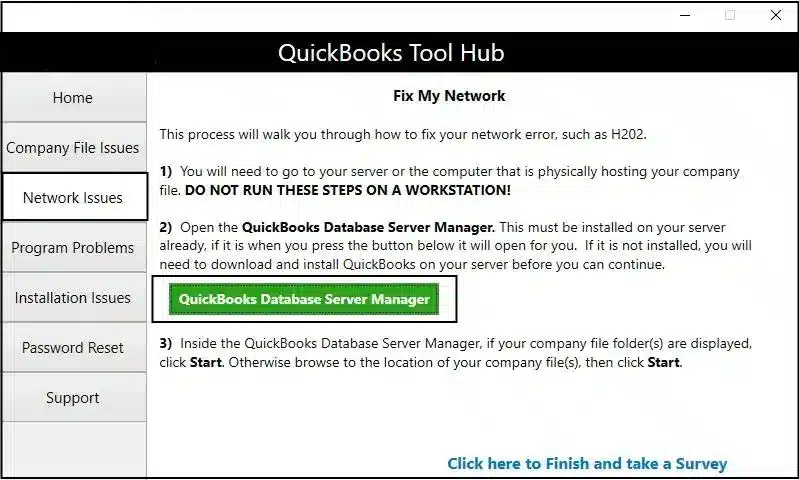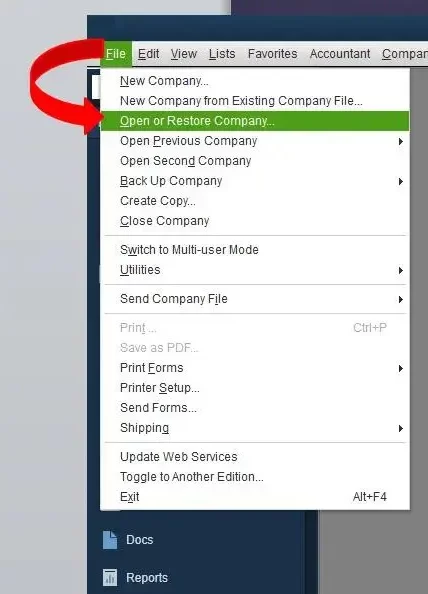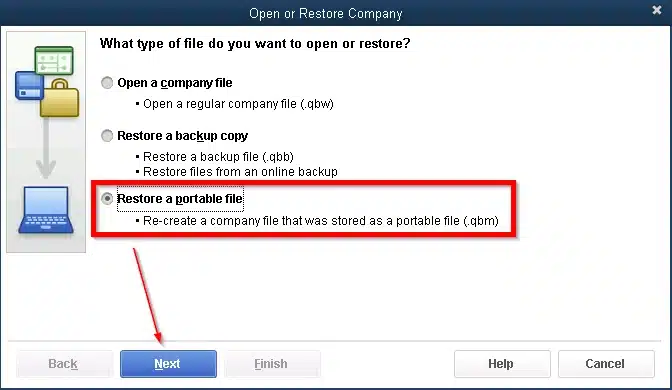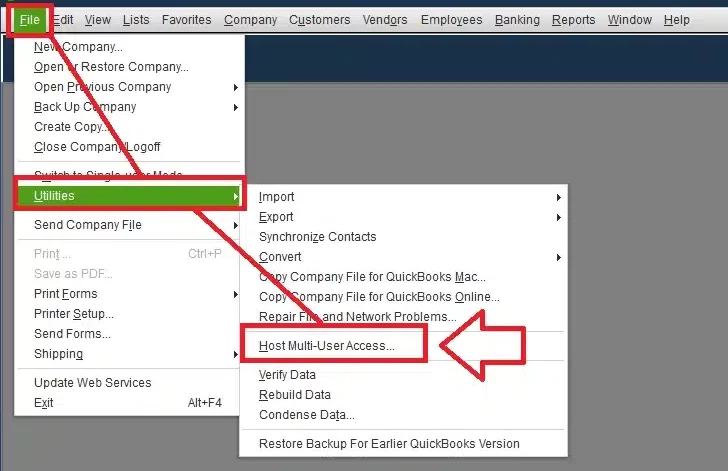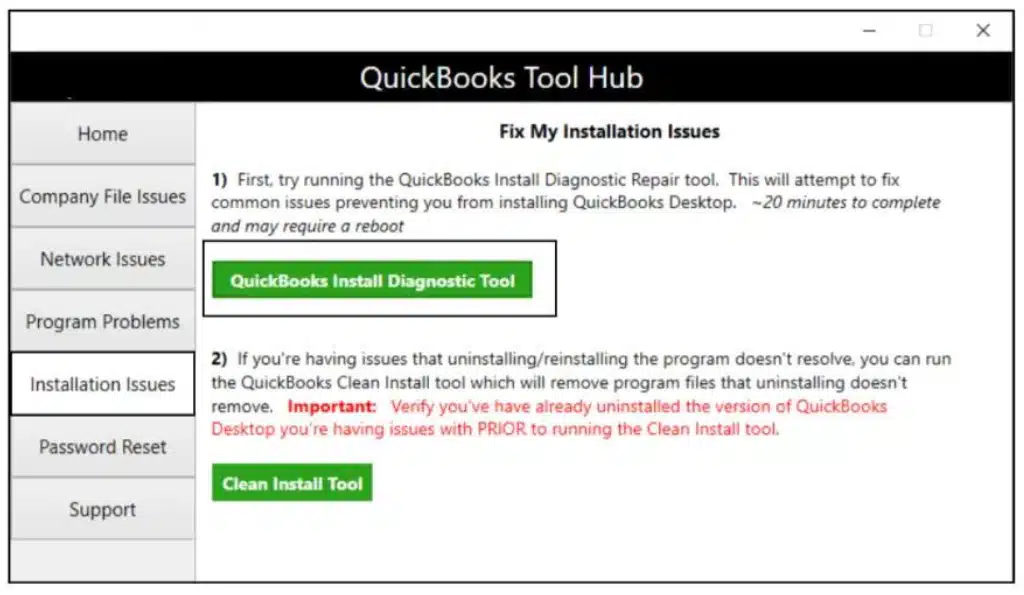Are you facing QuickBooks Error 6177 while trying to open the QB program or QB company file? Don’t worry; we have got you covered with the most practical and reliable solutions. Error 6177 can strike right after opening the company file on the workstation in single-user mode. However, some users have reported getting this problem while running QuickBooks in the multi-user mode. Apart from following an incorrect path to access the company file, there are a number of possible reasons you can get this error. This article will describe the most common instances when you get error 6177, its causes, and instant solutions to resolve it like a pro.
Having trouble dealing with QuickBooks Error 6177 0 on your own and need professional assistance? Dial Proadvisor solutions desktop support number 1.855.888.3080 and connect to our professional support team for the error resolution
Table of Contents
QuickBooks Company File Error 6177 – A Quick Description
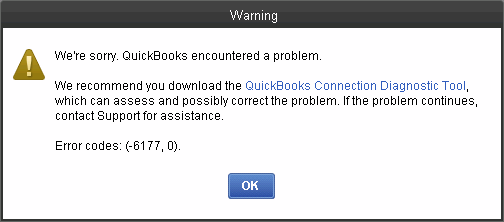
Getting the error code 6177 0 when trying to access the company file clearly states that the current QB company file path is inaccessible or your workstation has inappropriate permission to access the company file. This sort of error code can pop up in multi-user mode where the file is located on the server computer. It can also arise if the company file is moved from the previous location to a new one.
Read Also – How To Fix QuickBooks Error 6105
Possible Reason Behind QuickBooks Error Message -6177 0
QuickBooks error code 6177 0 can occur due to the following reasons:
- Malicious infections like malware or viruses have attacked QuickBooks, and the application is infected.
- There is corruption in the company file, or the file folder is damaged.
- QuickBooks-related files are missing, or they are accidentally deleted from the directory.
The above-mentioned are some of the most common causes of error 6177 in QuickBooks Desktop. Next, in this article, we will look at some instant solutions that can help rectify it as soon as possible.
Expert-Recommended Solutions for Error Code 6177 in QuickBooks
As already discussed, there are various reasons that can trigger QuickBooks Desktop error 6177. Therefore, you need to perform multiple troubleshooting procedures to eliminate it effectively.
Solution 1: Upgrade the QB Desktop Program by Installing the Most Recent Updates

Before dwelling on any troubleshooting step, let’s try the best and most effortless way to get rid of error. For this, go to the QuickBooks Help menu and select the Update QuickBooks Desktop option, and from the Update Now tab, select Get Updates. Let the updates get downloaded, and once done, restart QuickBooks to let the updates get installed.
If updating QuickBooks doesn’t bring any fruitful results, follow the next troubleshooting solution.
Solution 2: Move the Company File to a New Location on the Local Drive
Open your company file from a new location on the local hard drive by following the steps given below, and check if it fixes QuickBooks error code 6177 0.
- Move the file from the server to the C drive of the local storage and try to open it from there.
- To proceed further, you need to create a portable file, save it to the C drive, and close the QuickBooks company file.
- Go back to the C drive and restore the portable file, followed by saving the company file on the PC.
- Exit the company file and try to open it from the server.
If you find that relocating the company file does not help resolve the error, try fixing it with the next solution.
Solution 3: Utilize QuickBooks File Doctor from QB Tool Hub Utility to Repair the File
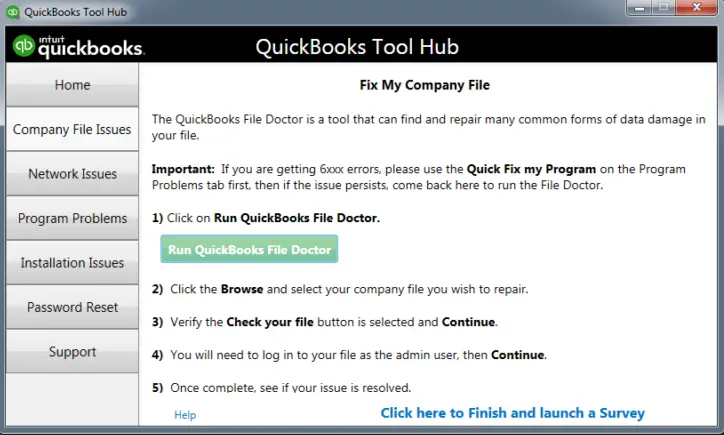
QuickBooks File Doctor tool is designed to find and fix the common company file issues in the QuickBooks Desktop application. To use QBFD, you need to install the QuickBooks Tool Hub, and once done, follow these steps below.
Download and install the QuickBooks Tool Hub program on your system, and from within the tool, select Company File Issues and select the QuickBooks File Doctor Tool to activate it. Run the tool, and if this QuickBooks company file error remains unsolved, try the following troubleshooting technique.
Recommended To Read – Fixing QuickBooks Error 6000 83
Solution 4: Manually Repair the Damaged QuickBooks Program Files
If you find yourself unable to open company file error 6177 even after the above solutions, repair the damage in the QuickBooks program files by following the instructions below.
Delete the Damaged .ND file from the File Directory
.ND file is a configuration file in the QuickBooks application used to open the company file over the network, and deleting the network configuration file before starting QuickBooks forces it to recreate a fresh copy. This helps to address the error 6177 while opening the company file.
- Go to the folder containing the QuickBooks company file and locate the Network Descriptor (.ND) file, which has the same name as your company file but a different extension.
- Right-click on the file and select Delete to remove the .ND file from the system.
Reconfigure and Activate the QuickBooks Database Service
QuickBooks Database Server Manager helps you access the company file located on the server and can help get rid of QuickBooks 6177 by fixing the accessibility issues.
- Navigate to Programs in the start menu and search and select QuickBooks Database Manager.

- Next, you need to select the Add Folder button and try to locate the folder containing your QuickBooks company file.
- Click OK, and follow the above-stated steps to add more files to the QuickBooks Database Server Manager.
- Hit Scan, and when the process initiates, you will see a screen containing information about the files hosted by the QuickBooks Database Server Manager. Wait for the scan process to end, and then close the application.
- Restart QuickBooks and check if this helps resolve the error.
Solution 5: Create a Portable Company File from the No Company Open Window
In this step, we will open the “No Company Open” window and create a company file with the .QBM extension to address the QuickBooks error message 6177.
- Launch QuickBooks Desktop while holding the Ctrl key till the No Company Open window pops up on your screen.
- Select Open or Restore Company to browse your company file on the C drive and create a portable file.
- Reset the file location data and go to the QuickBooks File menu to exit QuickBooks.
- Re-launch QuickBooks, and from the File menu, select Open or Restore Company.

- Now, choose the Restore a Portable File option.

- Search for the portable file you created above and choose the drive containing the company file.
- Select Save to restore the file on the network and Exit QuickBooks from the File menu.
If you still can’t access the company file in QuickBooks Desktop, move to the next troubleshooting solution.
Solution 6: Refresh QuickBooks Multi-User Mode on the Server
Resetting the multi-user mode is one of the most reliable ways to fix the QuickBooks error 6177. Follow the steps below to enable the single-user mode on your server.
- Run QuickBooks on the server computer and open the QB application.
- Go to Utilities in the File menu.
- Choose the “Stop Hosting Multi-User Access” option and then click Yes to confirm it and reset your hosting settings to the initial point.

- Close QuickBooks and rerun the application, but don’t open the QB company file.
- Go to the File menu, then click on Utilities, and confirm the selection of “Host Multi-User Access” by clicking on Yes.

- Exit from the QuickBooks Application and check if you are still getting the QB error code 6177 0.
You may also read: QuickBooks Error Code 392
Solution 7: Fix Installation Issues in QuickBooks
Installation issues are the prime reasons for errors while opening the company file. If your QuickBooks installation has been interrupted by some external process or program, you could face several other issues while using it. Intuit, being aware of the fact that installation problems can trigger operational issues in QuickBooks, has developed the QuickBooks Install Diagnostic Tool that automatically detects the issues in the installation and resolves them on its own. Here is how you can run QuickBooks Install Diagnostic Tool to fix error 6177 0.
- As you have already installed QuickBooks Tool Hub in the previous troubleshooting solution, launch it again on your system.
- Move to the Installation Issues tab, and when you see the QuickBooks Install Diagnostic Tool option, click it and this will launch the tool on your system.

- Follow the prompts given by the tool and ultimately get the installation issues fixed.
- Retry to open the company file and check if resolving the installation issues has fixed the error.
If even fixing the QuickBooks installation doesn’t help resolve the error, follow the next troubleshooting solution.
Solution 8: Add QB Executable File to Windows Firewall Exceptions
QuickBooks utilizes executable files (.exe) to perform several crucial operations; therefore, when these files are not operational due to a firewall restriction, you must use these steps. This is a technical step, and you must follow it carefully to avoid more severe issues.
- Click on the Windows Start menu, and in the search bar, type Windows Firewall and hit the Enter key.
- The Windows Firewall will open up.
- You must choose Advanced Settings and then right-click on the Inbound Rules option.
- Select New Rule before clicking on Program.
- Hit on Next.
- Choose the This Program Path option.
- Select Browse.
- You must locate and select the executable files in the table below and then click on Next.
- Pick the Allow the Connection option.
- Click on Next and keep all the profiles marked.
- Hit the Next option.
- While creating a rule, give it a name like QBFirewallException(name.exe).
| Executable files | Location |
| AutoBackupExe.exe | C:\Program Files\Intuit\QUICKBOOKS YEAR |
| Dbmlsync.exe | C:\Program Files\Intuit\QUICKBOOKS YEAR |
| DBManagerExe.exe | C:\Program Files\Intuit\QUICKBOOKS YEAR |
| FileManagement.exe | C:\Program Files\Intuit\QUICKBOOKS YEAR |
| FileMovementExe.exe | C:\Program Files\Intuit\QUICKBOOKS YEAR |
| QuickBooksMessaging.exe | C:\Program Files\Intuit\QUICKBOOKS YEAR |
| QBW32.exe | C:\Program Files\Intuit\QUICKBOOKS YEAR |
| QBDBMgrN.exe | C:\Program Files\Intuit\QUICKBOOKS YEAR |
| QBServerUtilityMgr.exe | C:\Program Files\Common Files\Intuit\QuickBooks |
| QBCFMonitorService.exe | C:\Program Files\Common Files\Intuit\QuickBooks |
| QBLaunch.exe | C:\Program Files\Common Files\Intuit\QuickBooks |
| QBUpdate.exe | C:\Program Files\Common Files\Intuit\QuickBooks\QBUpdate |
| IntuitSyncManager.exe | C:\Program Files\Common Files\Intuit\Sync |
| OnlineBackup.exe | C:\Program Files\QuickBooks Online Backup |
You will now have the inbound rule and must use the above steps again for the outbound rule creation.
Conclusion
The solutions explained in this post can help you eliminate the QuickBooks error 6177 0 with the least effort possible. If you need further assistance from the experts, give us a call at Proadvisor solutions error support number 1.855.888.3080, and our support team will help you resolve the issue in the shortest time possible.
FAQs
How to Resolve QuickBooks Error Code 6177 0?
QuickBooks error 6177 0 is a company file error that can be resolved by updating the QuickBooks file location, restoring a portable company file on the server, running QuickBooks File Doctor, repairing damaged .ND file, QuickBooks database server manager, and multi-user mode issues.
What other methods can be implemented to resolve error 6177 in QuickBooks?
Some less common solutions that you can implement to resolve error 6177 are creating a new folder for the QuickBooks program and moving the company file to the local storage of the system.
Have a Look At these Company File Errors:
How to fix QuickBooks Company File Not Found Error
QuickBooks Desktop Needs to Update your Company File
How Do I Fix QuickBooks Error Code 6143
What is error code 6155 0 in QuickBooks?
Why QuickBooks Desktop App Will Not Open

Erica Watson is writing about accounting and bookkeeping for over 7+ years, making even the difficult technical topics easy to understand. She is skilled at creating content about popular accounting and tax softwares such as QuickBooks, Sage, Xero, Quicken, etc. Erica’s knowledge of such softwares allows her to create articles and guides that are both informative and easy to follow. Her writing builds trust with readers, thanks to her ability to explain things clearly while showing a real understanding of the industry.


